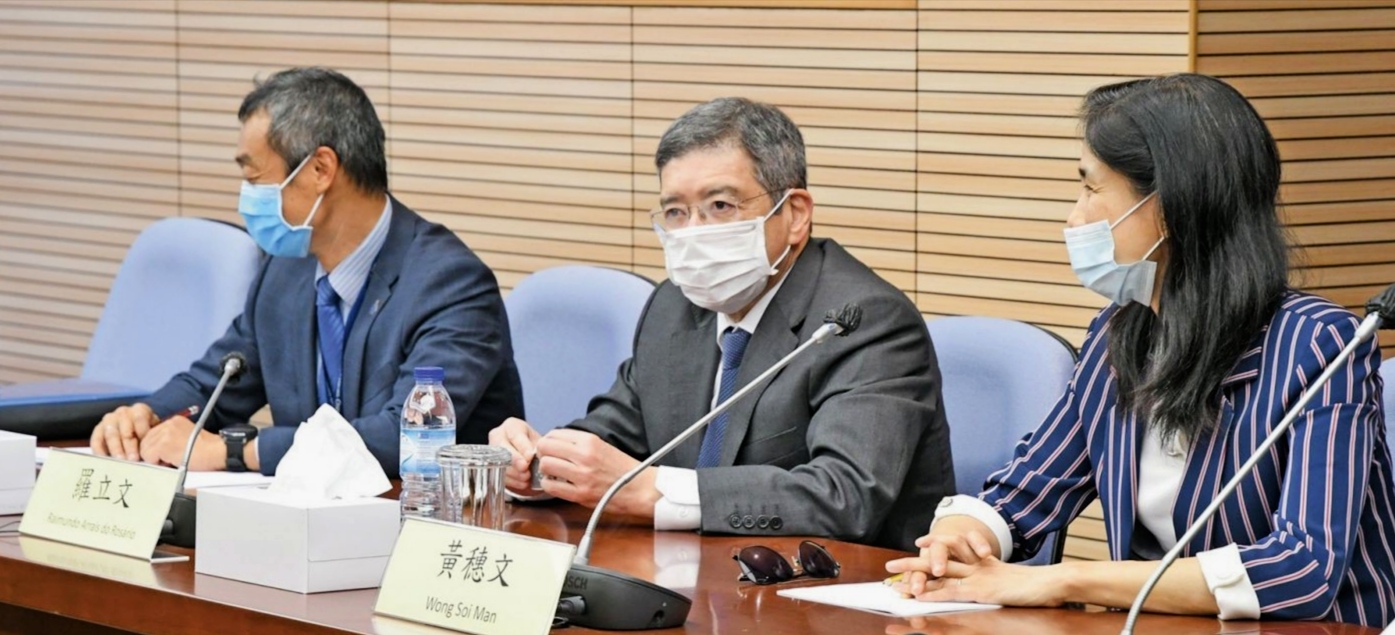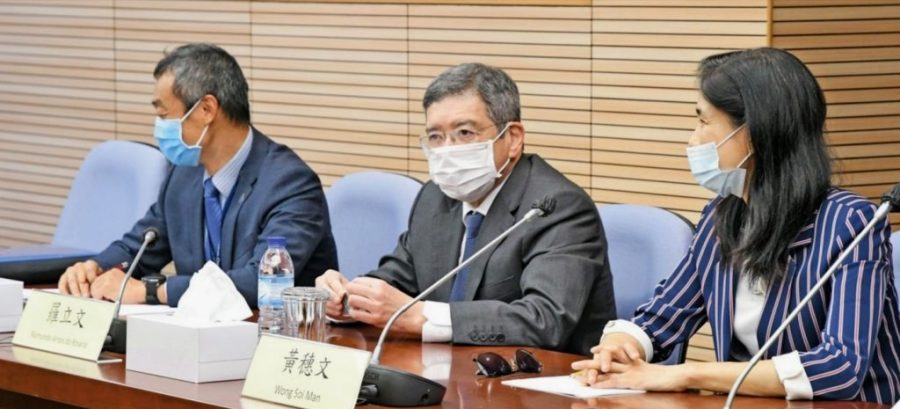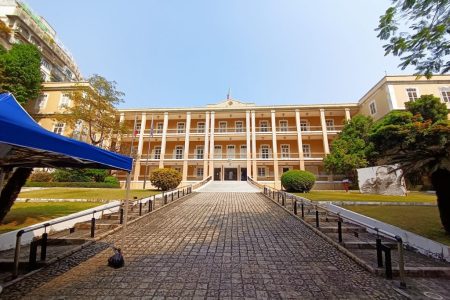Secretary for Transport and Public Works Raimundo do Rosário said yesterday that Pac On in Taipa will become “a large transport hub” where part of the Taipa Ferry Terminal will be converted into the future Terminal 2 of the adjacent Macau International Airport.
Speaking to reporters after briefing lawmakers about the government’s planned airport expansion project, the policy secretary pointed out that the future fourth Macao-Taipa bridge will connect Pac On and the Zone A land reclamation area which is connected to the Macao checkpoint of the Hong Kong-Zhuhai-Macao Bridge (HZMB), adding that the future Pac On transport hub “featuring maritime, land and air transport will provide travellers with all kinds of transport means”.
The government first told the legislature’s Follow-up Committee for Land and Public Concession Affairs in April that it plans to convert part of the Taipa Ferry Terminal into the Macau International Airport’s Terminal 2, which would initially comprise check-in counters for four airlines and be connected to the apron through “a special passage”, in which case passengers would have to take airport buses to the apron to board the planes.
The committee yesterday asked three officials – Rosário, Macau Civil Aviation Authority (AACM) President Simon Chan Weng Hong, and Marine and Water Bureau (DSAMA) Director Susana Wong Soi Man – to brief its members about further details of the government’s planned airport expansion project.
Briefing reporters after a closed-door meeting of the committee on Tuesday, Ella Lei Cheng I, who heads the committee, pointed out that the airport was designed for 7 million passengers but recorded 9.6 million last year, adding that therefore the government planned to “make good use” of the large Taipa Ferry Terminal to relieve the airport’s capacity issue.
Lei quoted the officials as saying that the government plans to convert some 20,000 square metres of the Taipa Ferry Terminal, which covers an area of 230,000 square metres, into the airport’s Terminal 2, adding that at least four airlines would move their check-in counters to Terminal 2, which was expected to tackle 1.5 to two million passengers annually.
According to Lei, the officials told the committee that there would be 12 to 16 check-in counters in Terminal 2. A total of four areas for passengers to board ferries would be converted into a security check zone and an area for passengers to board planes with four boarding gates, Lei quoted the officials as saying.
According to Lei, the officials told the committee that the “special passage” – a restricted area – connecting the ferry terminal and the apron will be 660 metres long. As the “special passage” will involve the use of some of the nearby public roads, the government plans to build a flyover there, Lei quoted the officials as saying.
The officials also told the committee that the government will have to sign an agreement with airport operator CAM for it to operate Terminal 2, adding that the Terminal 2 project will be designed and carried out by the airport operator. The officials also said that the government could only have a budget for the Terminal 2 project after the airport operator submits the project’s design, according to Lei.
Lei also quoted the officials as saying that there was no need for a second runway at the airport.
The local government has applied to the central government for land reclamation for the airport expansion project to cope with the rising number of passengers. The application is yet to be approved by the central government. The local government has said that the first phase of the airport expansion project is designed for an annual passenger movement of 11 million, based on the expected number of passengers in 2025, while the second phase is for an annual passenger movement of 15 million for the 2031-2037 period.
(The Macau Post Daily/Macau News)
PHOTO © Exmoo




